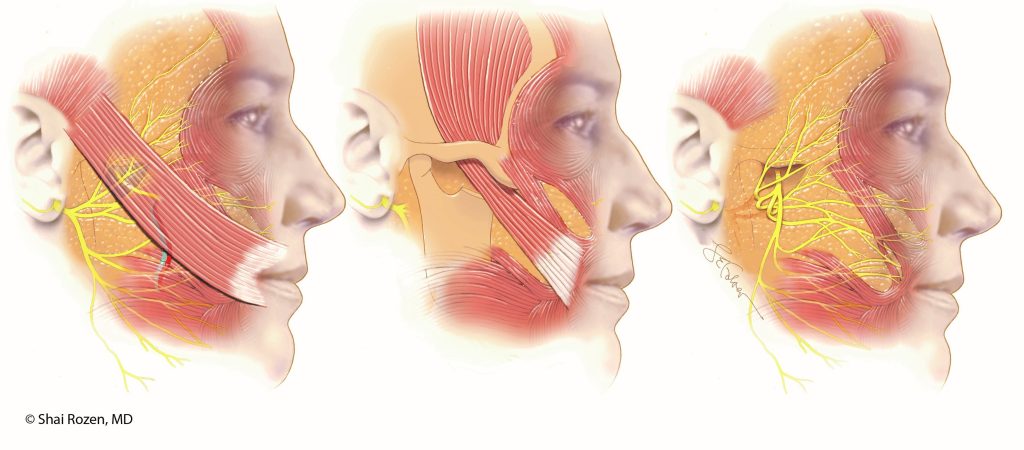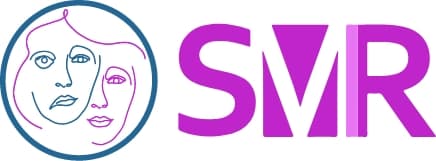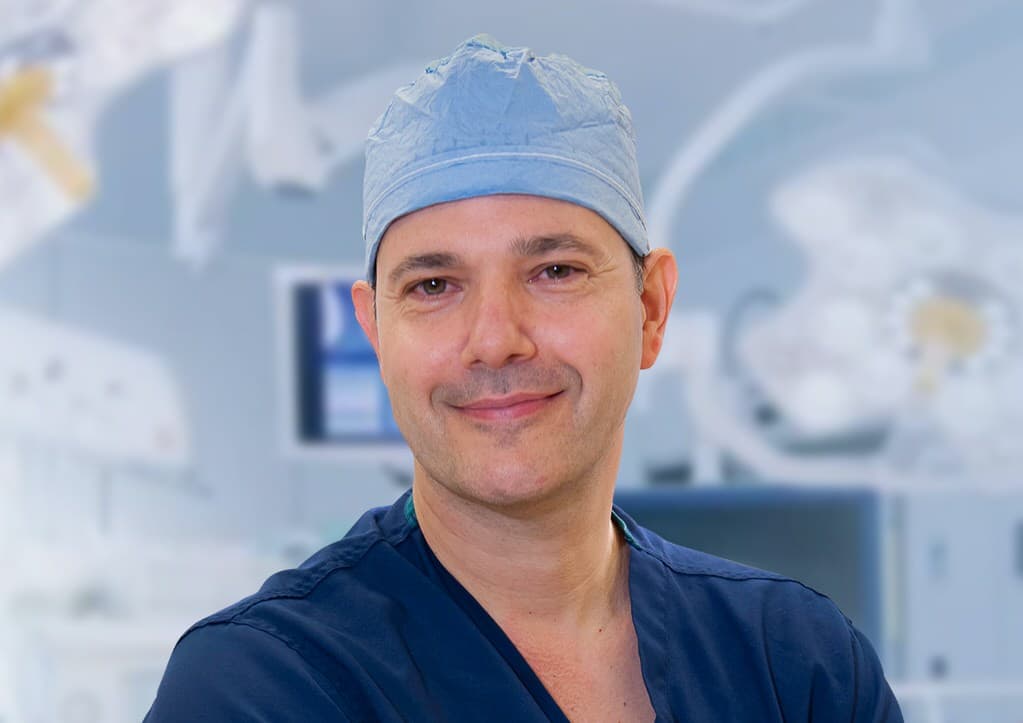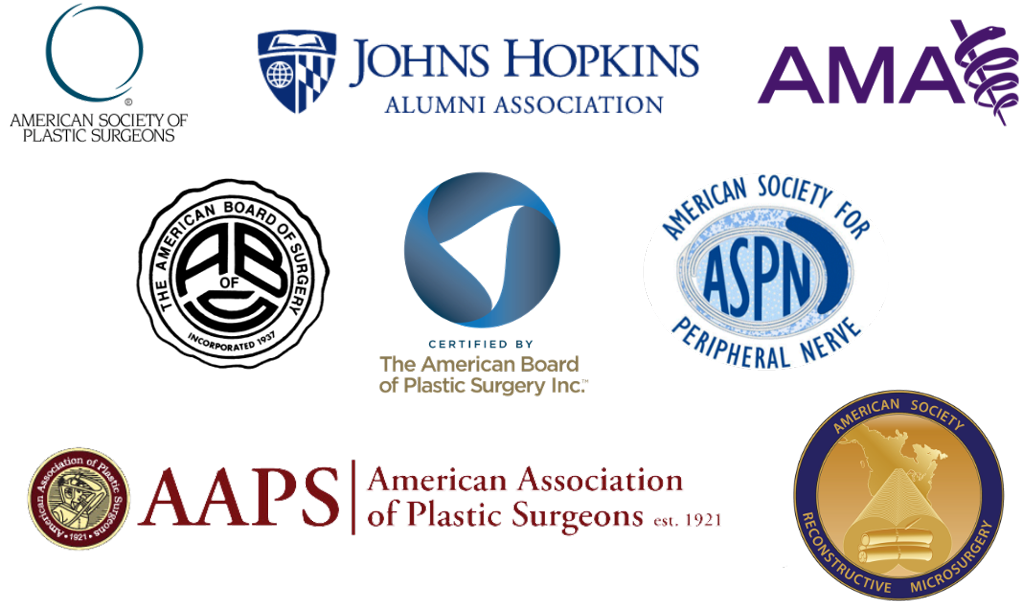Shai M. Rozen, M.D., F.A.C.S.
1801 Inwood Road
Dallas, TX 75390
Phone: (214) 645-2353
Monday–Friday: 8 a.m.–5 p.m.
Facial Paralysis Treatments
For our team in Dallas, Texas, the ultimate goal in the treatment of facial paralysis, also called facial palsy, is to bring the patient as close as possible to their pre-paralysis appearance and functioning—as close as possible to normal. Although there are many similarities among facial palsy patients, each is quite unique in the way they present and the specific problems they have. The causes of paralysis differ widely as well.

Dr. Shai Rozen
Dr. Rozen is a board-certified plastic surgeon who co-created a facial paralysis specialty group with colleagues from otolaryngology & neurosurgery at the University of Texas Southwestern Medical Center.
Meet Dr. Rozen
In order to provide all aspects of treatment to these complex problems, it is important to consult with a facial palsy surgeon who is well-versed in all surgical and nonsurgical treatment options and who works with a broad team of specialists from different medical fields. Dr. Shai Rozen is one of the world’s leading facial paralysis surgeons, who has published extensively on the subject of facial paralysis and given talks in many of the leading academic centers in the US and internationally on the subject. He works with a team of leading neurosurgeons and neurotologists at the University of Texas Southwestern. Using the following advanced treatments, they have helped many children and adults of all ages improve facial function, facial harmony, and self-confidence:
- Smile Restoration
- Lower Lip Asymmetry Treatments
- Brow Asymmetry Treatments
- Eyelid Asymmetry Treatments
- Facial Nerve Physical Therapy
- Post-Paralysis Facial Plastic Surgery
Facial Paralysis Treatment FAQ
What’s the best treatment for facial paralysis?
The best facial paralysis treatment varies with the specifics of the case, such as cause, duration, severity, and unique patient factors.
Will I ever be able to regain my facial muscle movement after treatment?
Every case is unique. Some patients may regain motion on their own, but those who don’t will generally need surgical intervention. The type of surgery will depend on the specific patient’s circumstances. When facial paralysis has not extended beyond 18 to 24 months, nerve transfers, nerve grafts, or usually a combination can help patients regain different degrees of motion. When the paralysis has been long-standing, muscle transplantation becomes the treatment of choice. In cases of synkinesis, a combination of selective neurectomies and selective myectomies is usually indicated.
Can it be cured fully?
If full recovery does not occur on its own, then certainly a significant degree of improvement can happen after facial reanimation—surgery for facial paralysis. That said, although surgeons aspire to provide the best possible care, a completely perfect return to the pre-injury facial function is usually not obtainable.
Can I treat my facial paralysis at home?
It depends on the type of facial paralysis. In cases of complete flaccid facial paralysis, when there is absolutely no motion, physical therapy and exercise will not improve motion since the muscle won’t respond. If some degree of motion is observed, physical therapy may help when provided both by a facial nerve physical therapist with expertise in facial paralysis and by an experienced facial paralysis surgeon. You will need some muscle tone or degree of motion to begin these efforts.
How common is facial palsy in the United States?
The exact incidence of facial paralysis from all etiologies combined (Bell’s palsy, Ramsay Hunt, tumors, trauma, congenital, and more) is not well known. The incidence of Bell’s palsy, the most common type of facial palsy, is estimated at 70,000 to 90,000 cases in the U.S. each year, although this number very likely needs to be reassessed.
A Valuable Resource for Those Affected by Facial Paralysis
If you, a loved one, or a patient is affected by facial paralysis, it’s crucial to have accurate, up-to-date information about symptoms and solutions. Board-certified plastic surgeon Dr. Shai Rozen, a specialist in facial paralysis and facial aesthetics, created Your Guide to Facial Paralysis & Bell’s Palsy to be a readily accessible resource for all.
This downloadable, printable e-book makes it easy to understand:
- How paralysis affects the face
- When it’s time to see a specialist
- Common causes of facial paralysis
- The difference between facial paralysis and Bell’s palsy
- Myths and facts
- The latest treatment options
- Answers to common questions
Get your free copy today—to download or view in your web browser—by completing the following fields:

Next Steps
Dr. Rozen and his team are experienced in performing the latest surgical techniques to correct the effects of facial paralysis and continue to develop new techniques and strategies in the field. The sooner patients seek treatment, the more options they have available. To learn more, request a consultation to meet with Dr. Rozen at UT Southwestern.


